Be social! Share the fun!
French Malbec Wine

French Malbec wine can trace its origins back to the days of the Roman Empire.
Roman soldiers planted vineyards as they built roads in what we now know as Southwest France. Impressed by the dark color and intense tannins of the resulting Malbec wine, they referred to it as the “Black Wine of Cahors.”
Black wine of Cahors Click to Tweet
2014: French Malbec Journey
My French Malbec discovery dates back to 2014, when I took part in the program focused on exploring the rich history of this classic Old World region and its wine (This Forbes.com article discusses it in more depth).
Cahors: The Original French Malbec Wine
Cahors is a small town in southwestern France, located 100 miles east of Bordeaux. Producers export about a third of the 20 million bottles produced. Little known in America, Cahors has an extensive political, cultural, and financial history outside of wine.
French Malbec quickly became fashionable in 1152, when servers poured it at the wedding of Eleanor of Aquitaine and Henry of Anjou.
Wedding wine of French Malbec started a trend. Click to Tweet
Wedding guests loved the inky black color and savory flavor of French Malbec. Positive word-of-mouth soon saw French Malbec become a fashion. Much like the way former First Lady Nancy Reagan’s love of Kendall-Jackson Chardonnay popularized that wine.
Cahors: A Financial Center

Because of its strategic location in France and proximity to the Lot River, Cahors became a key financial center in the 13th century. Sophisticated people, many of them financiers, flooded to this town from all over Europe.
The high-end financial activity set the tone for chefs to establish gourmet restaurants. Drawn to this new gastronomic mecca, visitors also received their first taste of French Malbec wine.
Cahors Wine and delicious cusine. Click to Tweet
Wines of Cahors became exported to palaces in Russia and throughout Europe.
The Catastrophes
Then came a series of catastrophes (wars, pests, frost) and market changes that catapulted French Malbec to a neglected area of the world’s wine stage.
Cahors Malbec Wine Today
In 1971 Cahors achieved its Appellation d’origine contrôlée (AOC) designation.
The new AOC, combined with understandable envy of the success of Malbec in Argentina, invigorated producers to put a new emphasis on quality.
New emphasis on quality. Click to Tweet
The shift to quality started with improved viticultural practices. In the winery, this takes the form of longer maturation and better-quality French oak.
New Emphasis on French Malbec Terroir

The Atlantic Ocean, the Mediterranean Sea, and the Pyrenees mountain range frame the French Malbec vineyards. Producers base terroir on geology, depth of soil, site altitude, proximity to the Lot river, and slope on the terrain.
For simplicity, producers group vineyards into three key categories: The vallée, the coteaux, and the limestone plateau.
The popular style of reasonably priced fresh and fruity wines mostly come from the vallée and coteaux. Experts divide it into three terraces.
Closest to the Lot River has more alluvial soils. The second has both clay and limestone soils. The third terrace boasts gravel, limestone, and clay.
Popular style of fresh wine from the valley. Click to Tweet
Higher quality wines, capable of long maturation in bottle, come from the limestone plateau. Towering over the valley at almost 1000 feet, the temperature shifts in the French Malbec vineyards between day and night – combined with slower ripening – produce wines of great complexity.
French Malbec: 2014 Visit
During my 2014 visit, I tasted several Cahors Malbec-based wines. By AOC law, a bottle of wine must contain at least 70% Malbec, with Merlot and Tannat rounding out the rest in varying proportions.
As you might imagine, each Cahors Malbec wine had a different flavor profile depending on the terroir where it grows, its blending partners, and the type and amount of oak used in its maturation.
French oak used in maturation. Click to Tweet
Cahors producers are partial to French oak, with the best French Malbec vineyards in the limestone plateau receiving the highest percentage of French oak during a more extended maceration.
As a general rule, wines blended with Merlot had a smoother mouthfeel. Malbec blended with Tannat could be tannic when young, though long aging in French oak can result in a delicious wine in five or ten years’ time.
French Malbec
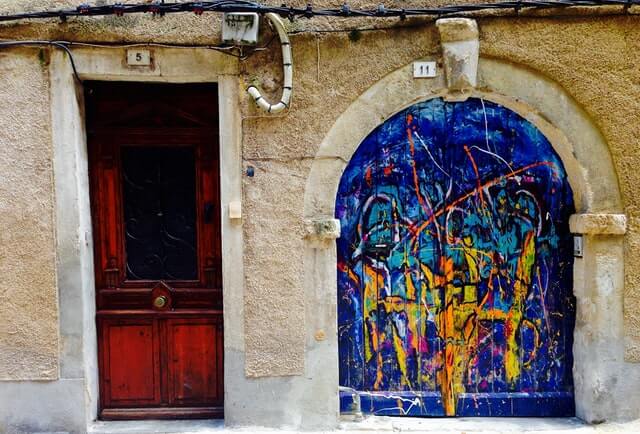
French Malbec: The Soil Pits
Many of the more prestigious Cahors producers are digging “soil pits” to better understand the nutritional and other needs of the grapevines.
During my visit, I stepped inside a soil pit prepared by soil experts Claude and Lydia Bourguignon. Soil pits are important for several reasons.
One primary reason is that knowing the soil composition helps producers harvest at the optimum time.
Soil pits help decide when to harvest. Click to Tweet
Choosing the most precise moment to pick the grapes is one of the primary considerations in the production of a high-quality wine.
French Malbec Wine vs Argentinian Malbec
In Cahors, producers consider French Malbec vines planted on higher terraces superior. Altitude helps the grapes achieve nuanced aromatics and freshness that translates into the wine’s acidity.
Similarly, many consider the best Argentinian Malbec to be in the higher-elevation Uco Valley, about an hour from Mendoza.
Cahors vs. Argentina: The Expression of the Malbec Grape

Malbec, like virtually all other wine grapes, takes its expression of flavor from its region of origin. Both Cahors and Mendoza (the major regions for Malbec production) can offer vineyards with high altitudes (helping preserve freshness and acidity).
Yet when compared side by side, the differences between wines from the two key regions are a bit more obvious.
1. Argentinian wine usually has higher alcohol and more jammy, fruit-driven aromas and flavors because of the intense summer sun.
2. In Argentina, Malbec exists in bottle as a single grape variety. Though you can find 100% Malbec wines from Cahors, most producers blend with a combination of Merlot and/or Tannat.
3. Malbec wines from Argentina typically have plush, velvet, “softer” tannins. This can loosely translate to the “smooth” mouthfeel and texture of the wine as it goes down your throat.
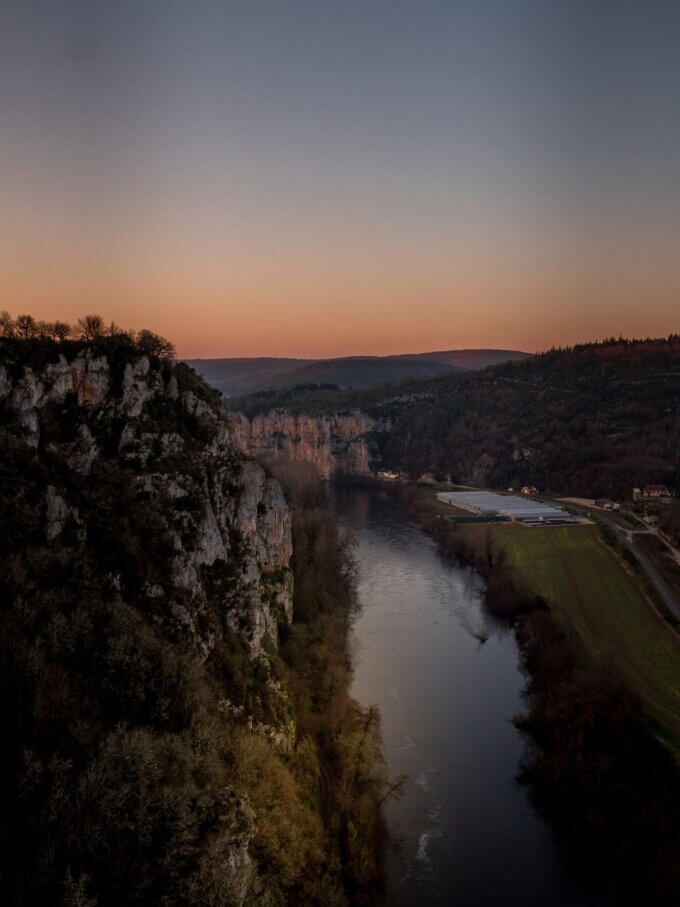
In contrast, some may consider French Malbec wines leaner and more “astringent.” Experts describe an astringent mouthfeel as that sensation you may feel when taking a sip of freshly brewed black tea.
In contrast, some may consider French Malbec wines leaner and more “astringent.” Experts describe an astringent mouthfeel as that sensation you may feel when taking a sip of freshly brewed black tea.
4. Critics characterize most Malbec-based wines from Argentina by rich, jammy ripe black and blue fruit.
Tannins have the sensation of black tea. Click to Tweet
In contrast, most Cahors producers shy away from the full fruit expression in the wine in favor of a more structured wine with lower alcohol.
The goal is a wine where the fruit, and levels of acidity, all come into a discreet balance.
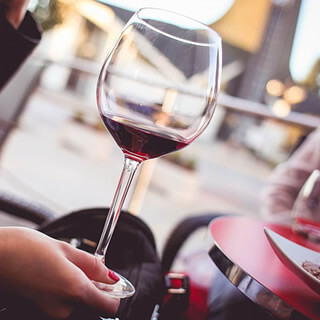
French Malbec: Why and when?
Cahors Malbec exists as a historic wine with a veil of mystery about it. Take a sip and you will notice firm, structured tannins and a lean elegance to the wine.
Cahors Wine and Food Pairing
Cahors Malbec pairs nicely with main courses and hard cheese. French Malbec with truffles are so delicious that the Cahors region even launched a food festival to celebrate this match.
If you love to drink red wine all year round, try chilling your Cahors Malbec wine and take it to your picnic lunch.
French Malbec is always appropriate. Click to Tweet
The vibrant acidity and firm tannins of this wine will pair well with traditional luncheon foods like hamburgers and hot dogs.
And chilled Cahors Malbec is excellent with grilled salmon.
Producer Spotlight: Alain Dominique Perrin of Chateau Lagrézette
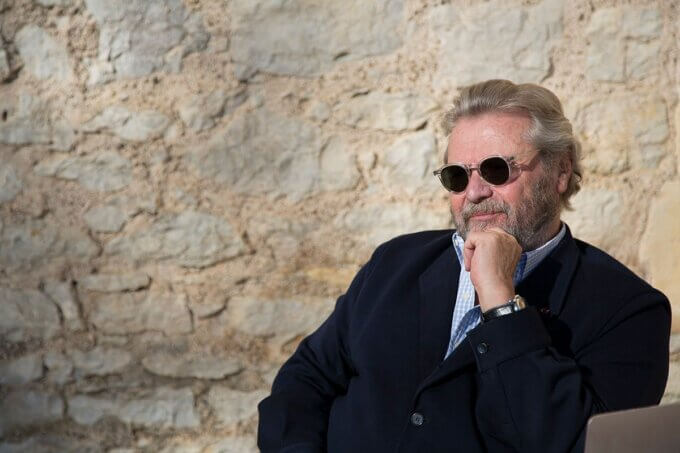
Producer Spotlight: Alain Dominique Perrin of Chateau Lagrézette
During my 2014 Cahors visit, I did not have the opportunity to call upon Chateau Lagrézette, owned by Alain Dominique Perrin.
The story of Mr. Perrin’s involvement with Chateau Lagrézette is fascinating.
Mr. Perrin saw potential in a 15th century castle. Click to Tweet
When Mr. Perrin first saw Chateau Lagrézette, a 15th century castle, it was love at first sight. It didn’t matter that the castle was in ruins and that its vineyards needed replanting.
With the fortune he amassed from his business savvy in the luxury goods market, he brought Chateau Lagrézette back to its former medieval glory with a blend of Medieval and Renaissance architecture after purchasing it in 1980.
Aside from its 14th century façade, this castle possesses two estate vineyards, the Caillac and the Landiech. They are both regarded as the unofficial “Grand Cru” of the appellation.
Michel Rolland Consultant
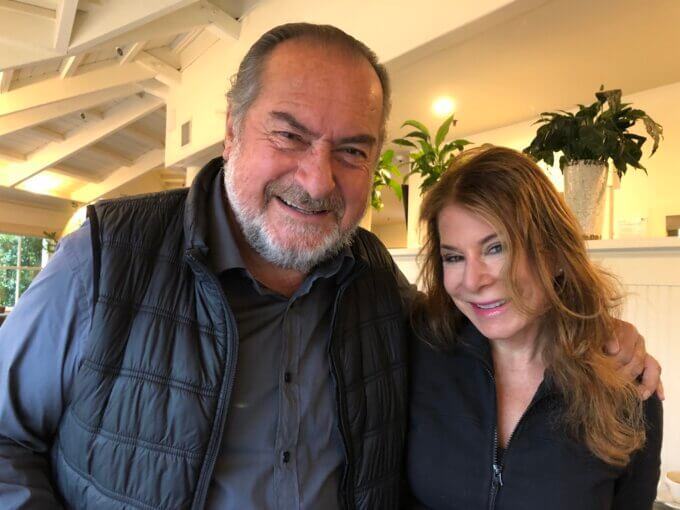
The winery, now regarded as one of the most superior in Cahors, is headed by Claude Boudamani who serves as the general director / enologist with Michel Rolland acting as consultant.
Sonia Perrin, Mr. Perrin’s eldest daughter, is increasingly active in the winery. She will release her own French Malbec wine in 2021, created with Michel Rolland and Lagrézette’s winemaker and technical director, Cedric Blanc.
Proceeds will benefit her philanthropic work in Madagascar.
Besides producing wine, recently Mr. Perrin announced the addition of Maison Malbec, a luxurious stone villa for visitors to the Cahors area that can sleep twelve.
Final Thoughts

Much has changed in the world since my 2014 visit. French Malbec is making strides in the international marketplace.
The Cahors producers often work with Argentinian producers to promote the Malbec grape in a friendly way.
Both French Malbec and Mendoza Malbec are delicious, and each has its place at the table.